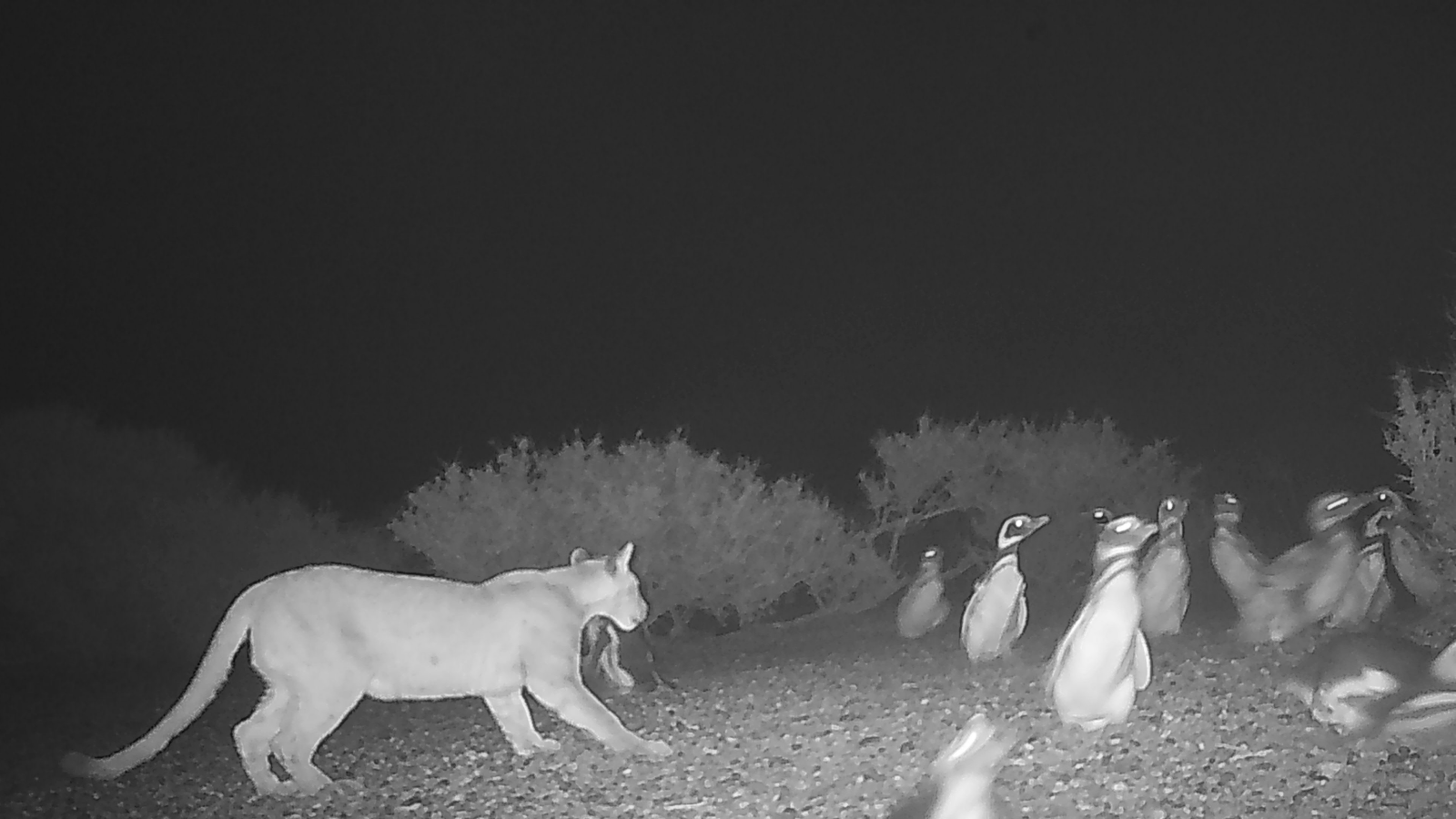15 'Disgusting' Foods Will Have Your Taste Buds Begging for Mercy
Bull penis
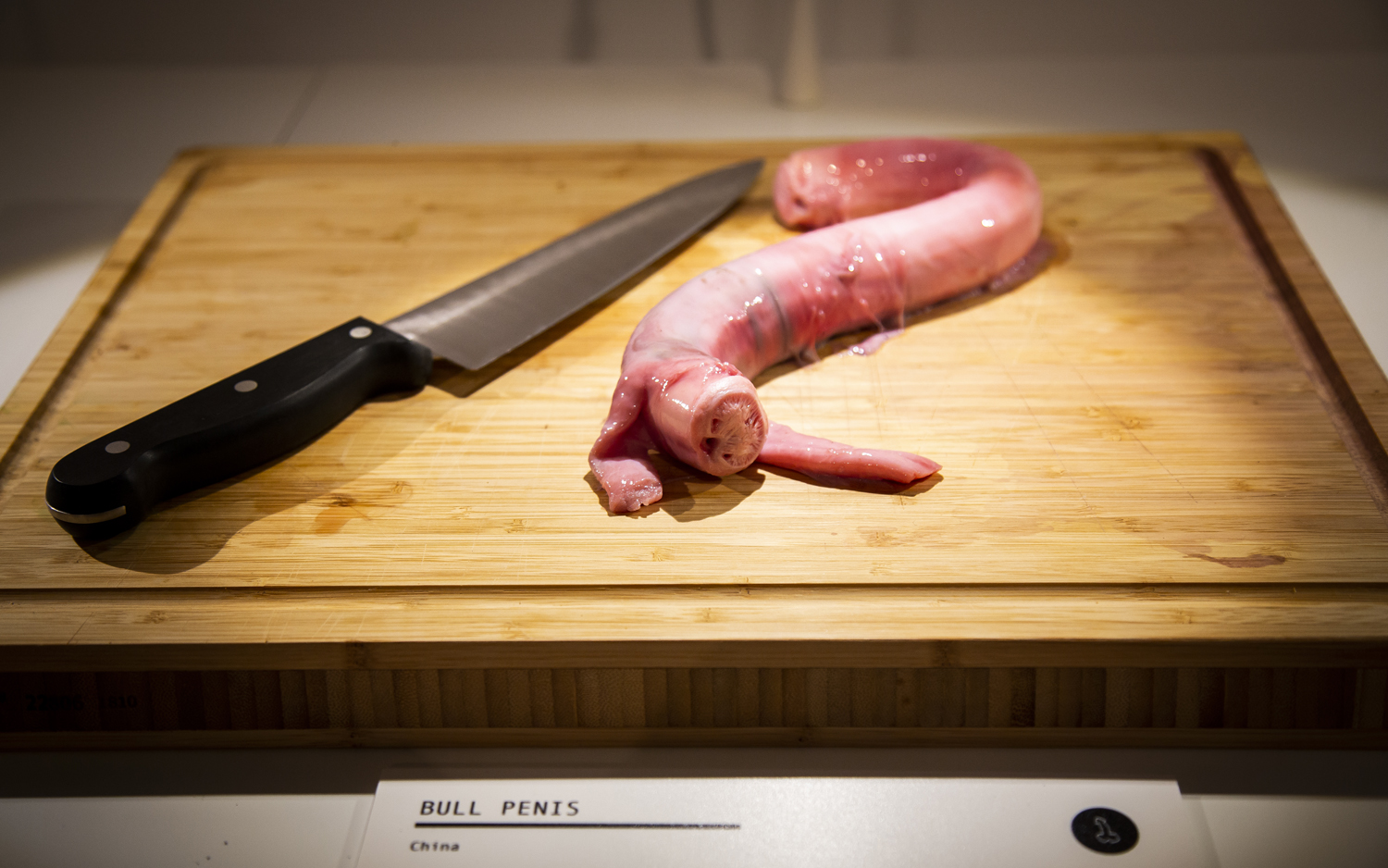
The long and short of it is that bull penis is featured on menus in China, and is purported to have aphrodisiacal powers.
This and other strange foods —delicacies to some and revolting to others — are featured at the Disgusting Food Museum in Mälmo, Sweden.
Read more about the bizarre foods at this unusual museum.
Casu marzu
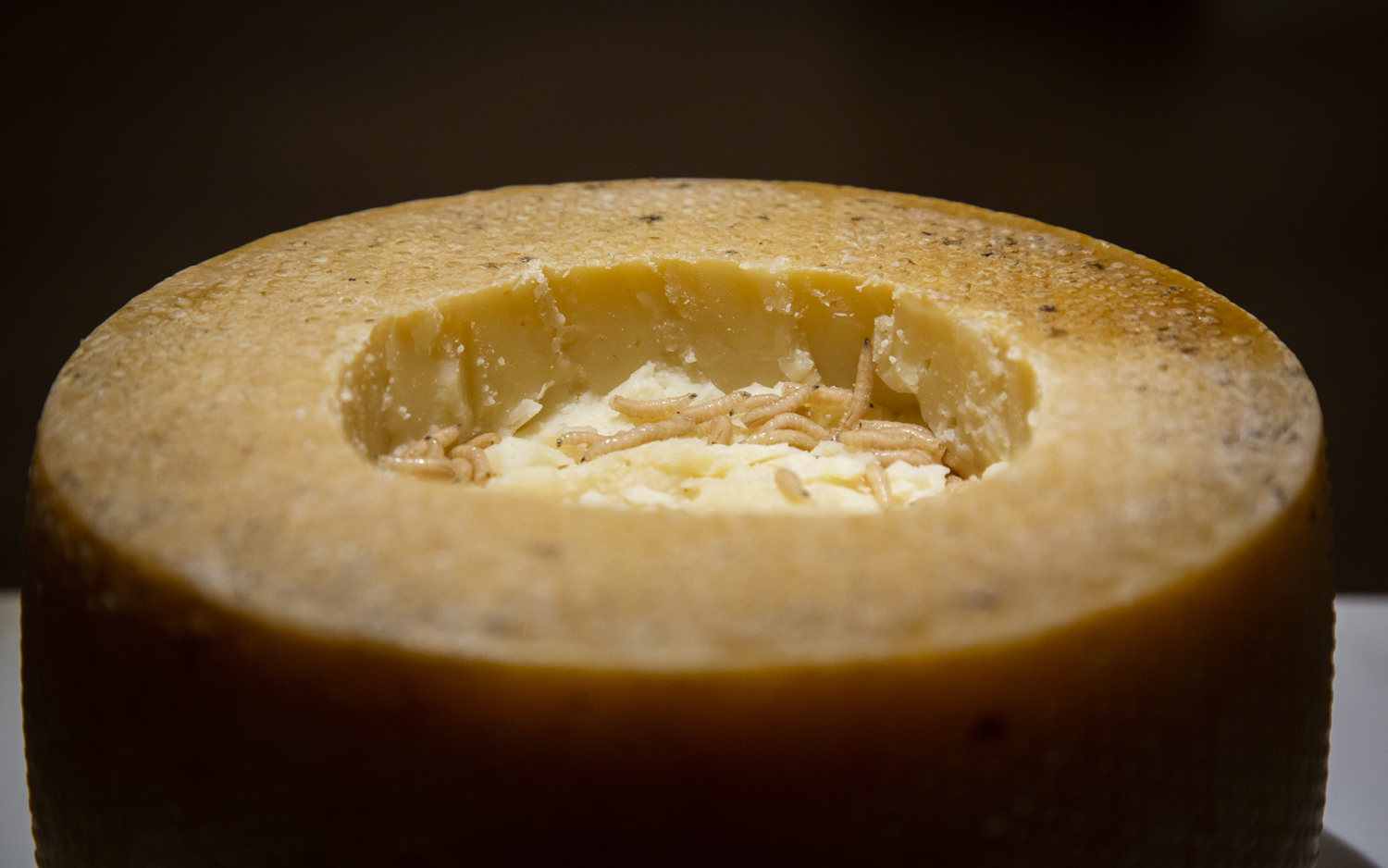
How do you improve a nice sheep-milk pecorino? In Sardinia, you start by cracking open the cheese and letting a whole lot of flies settle in. As they eat, poop and lay their eggs in the cheese, the flies impart unique flavors that are only improved by the texture of the wriggling maggots after they hatch. Yes, you're supposed to eat them, too.
Century egg
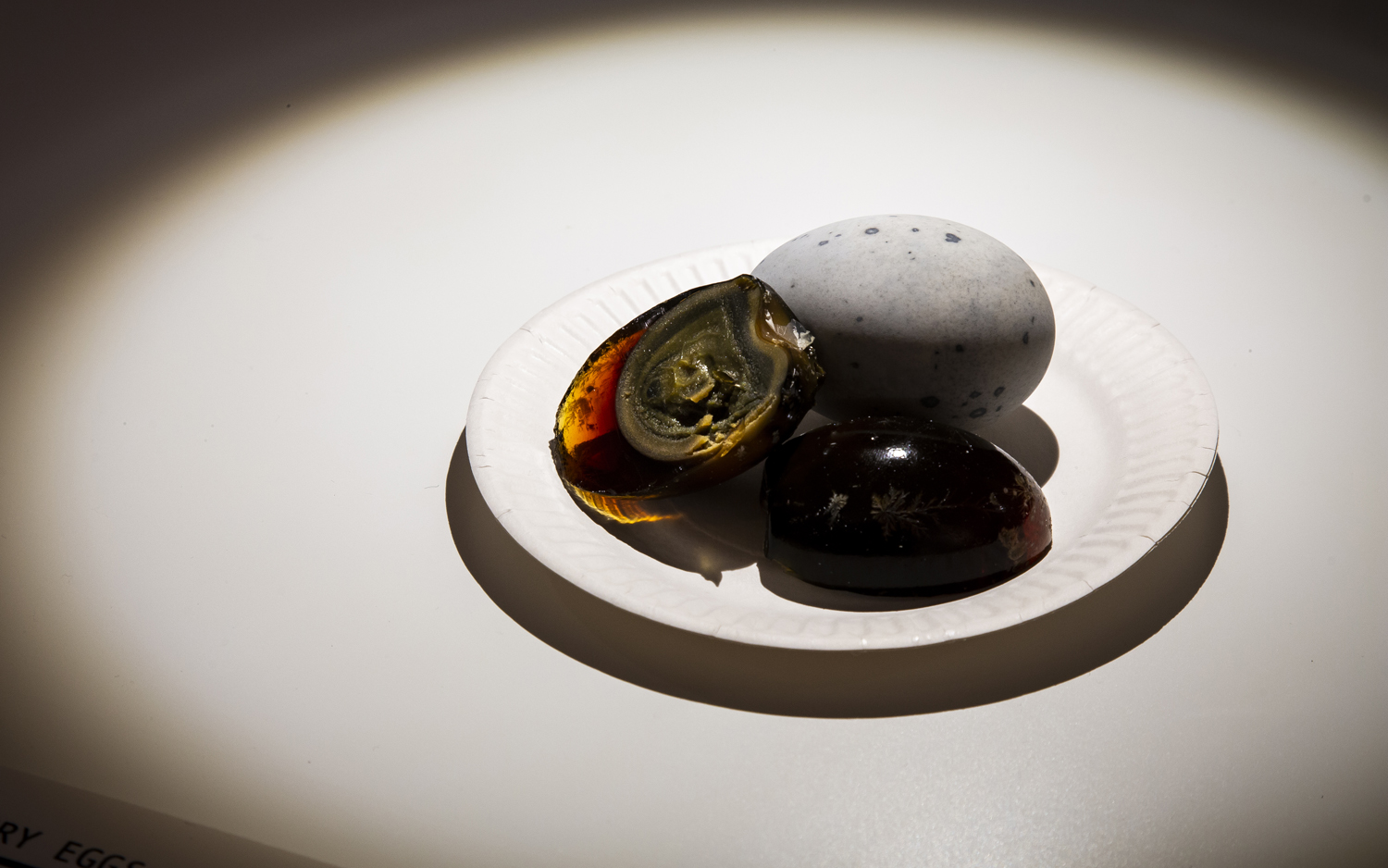
Enjoyed in China for hundreds of years, the century egg is a duck, chicken or quail egg steeped for up to five months in a special broth that includes black tea, salt, lime and wood ash.
Smells like...
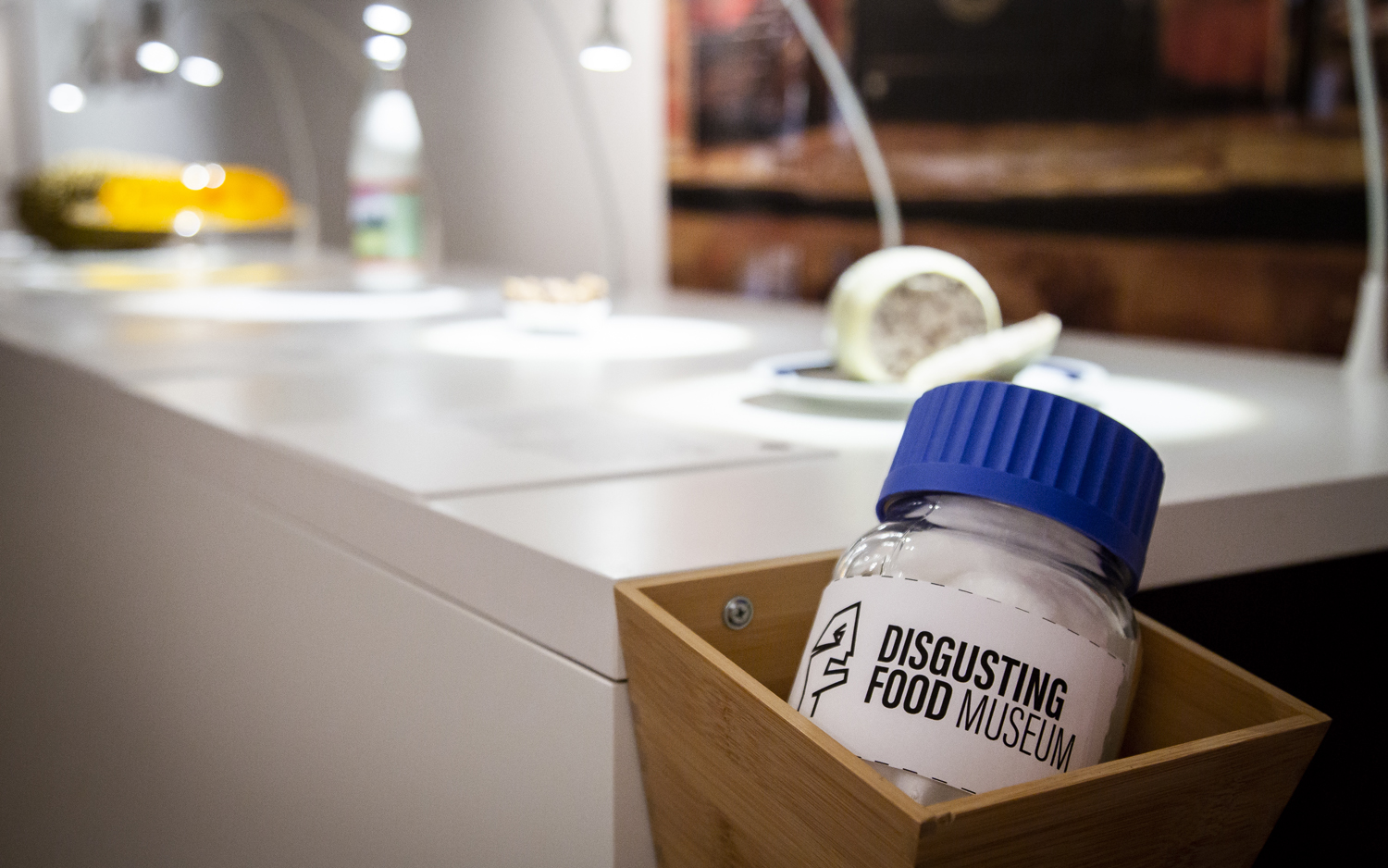
At the Disgusting Food Museum, "smell jars" allow visitors to experience the unique scents of the unusual foods featured in the exhibits.
Read more about the museum and its peculiar contents.
Get the world’s most fascinating discoveries delivered straight to your inbox.
Cuy
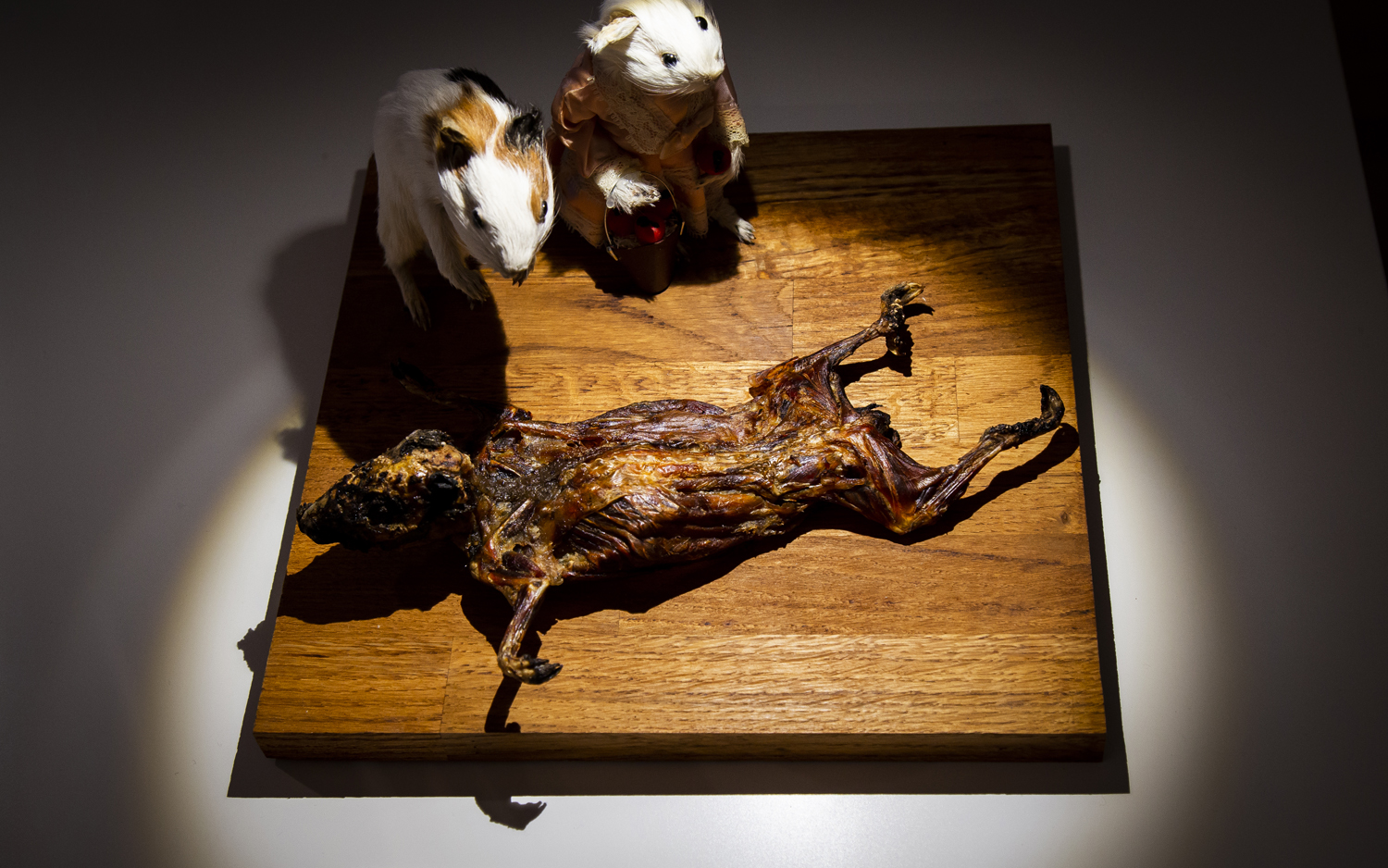
In Peru, people have been raising and eating guinea pigs — called cuy — for about 5,000 years. They are usually served fried or roasted whole.
Bat soup
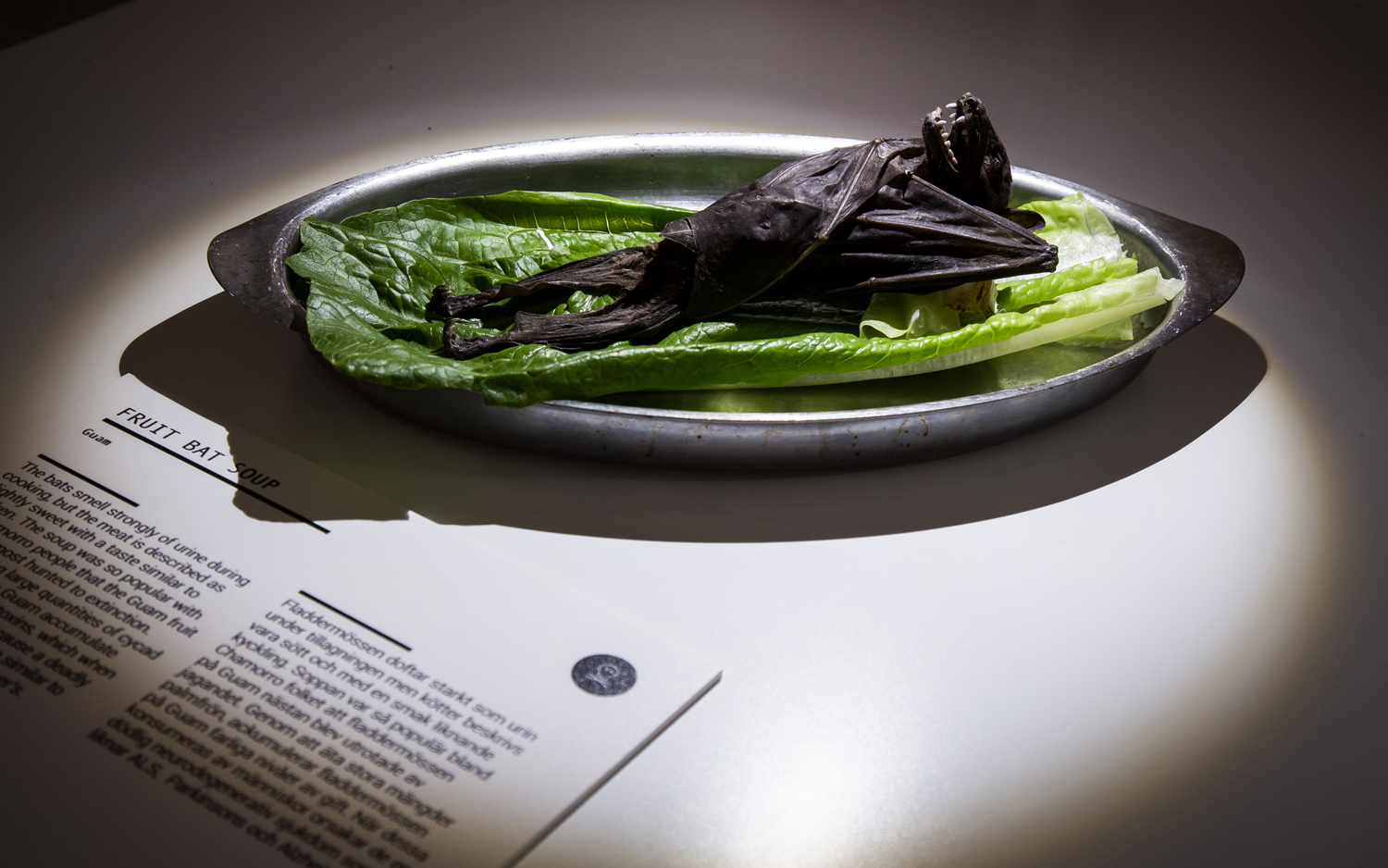
Soup made with fruit bats was so popular in Guam that the bats were nearly eaten into extinction. When the bats are cooked, they produce a strong, urine-like smell, but their meat is allegedly sweet and tastes somewhat like chicken, according to the Disgusting Food Museum.
Haggis
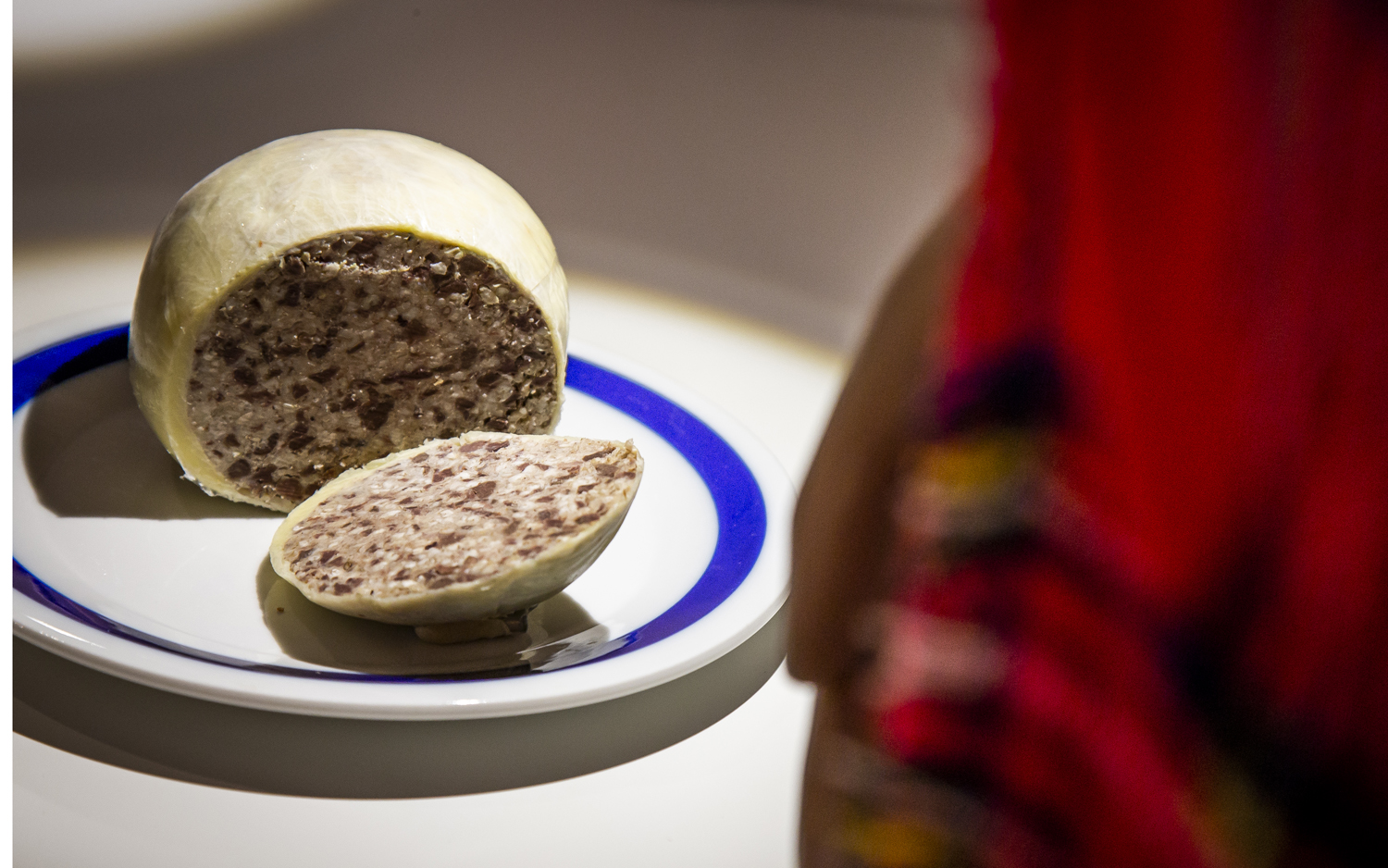
Haggis, a much-loved pudding in Scotland, is made of minced sheep's liver, lungs and heart, combined with onions, fat and oatmeal. The pudding is cooked in a casing — traditionally a sheep's stomach.
Jell-O salad
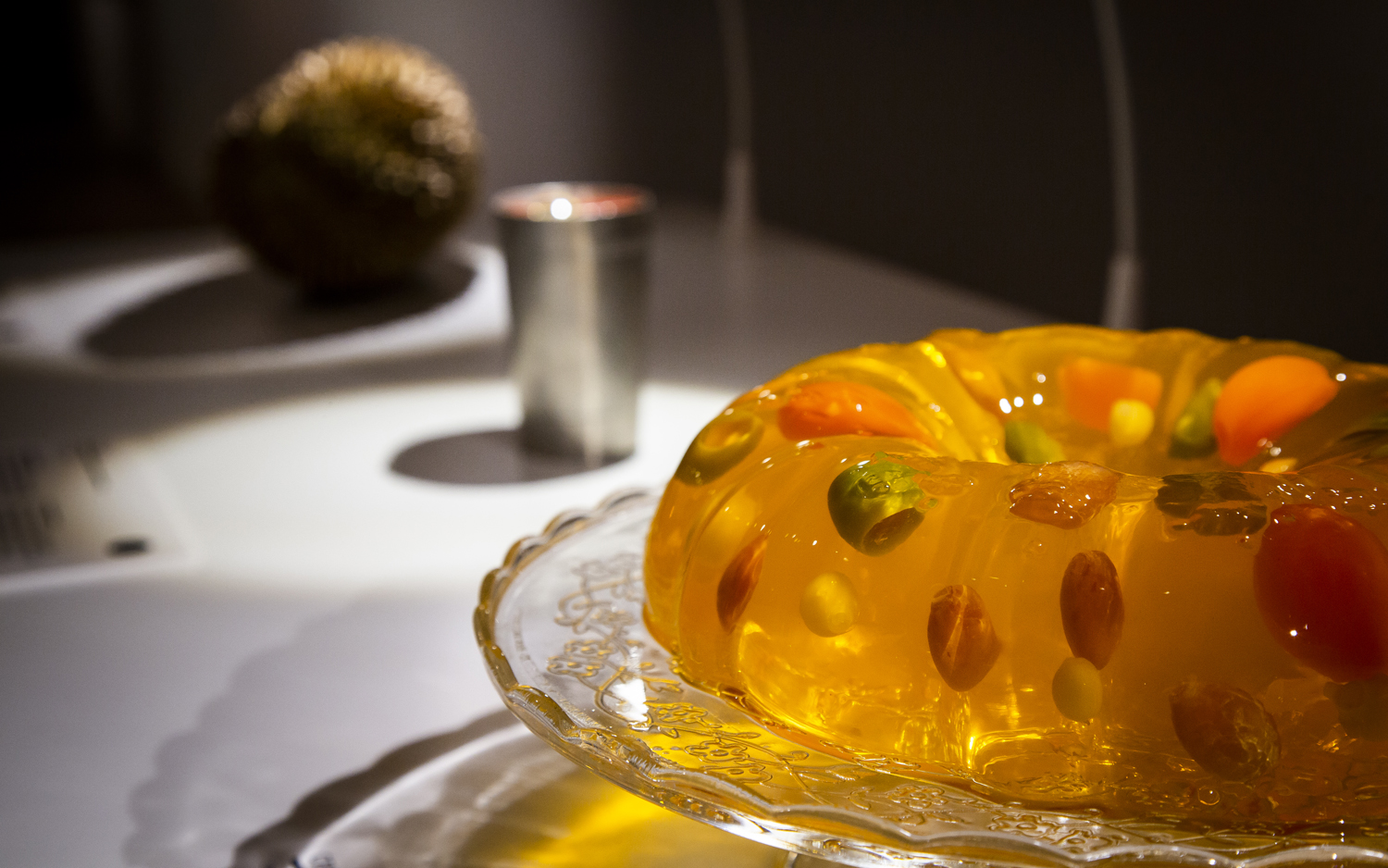
So-called salads made of gelatin with bits of fruits and vegetables suspended inside became hugely popular in the United States during the 1920s and 1930s. They continued to appear on American tables through the 1970s, when their popularity began to wane.
Kale pache
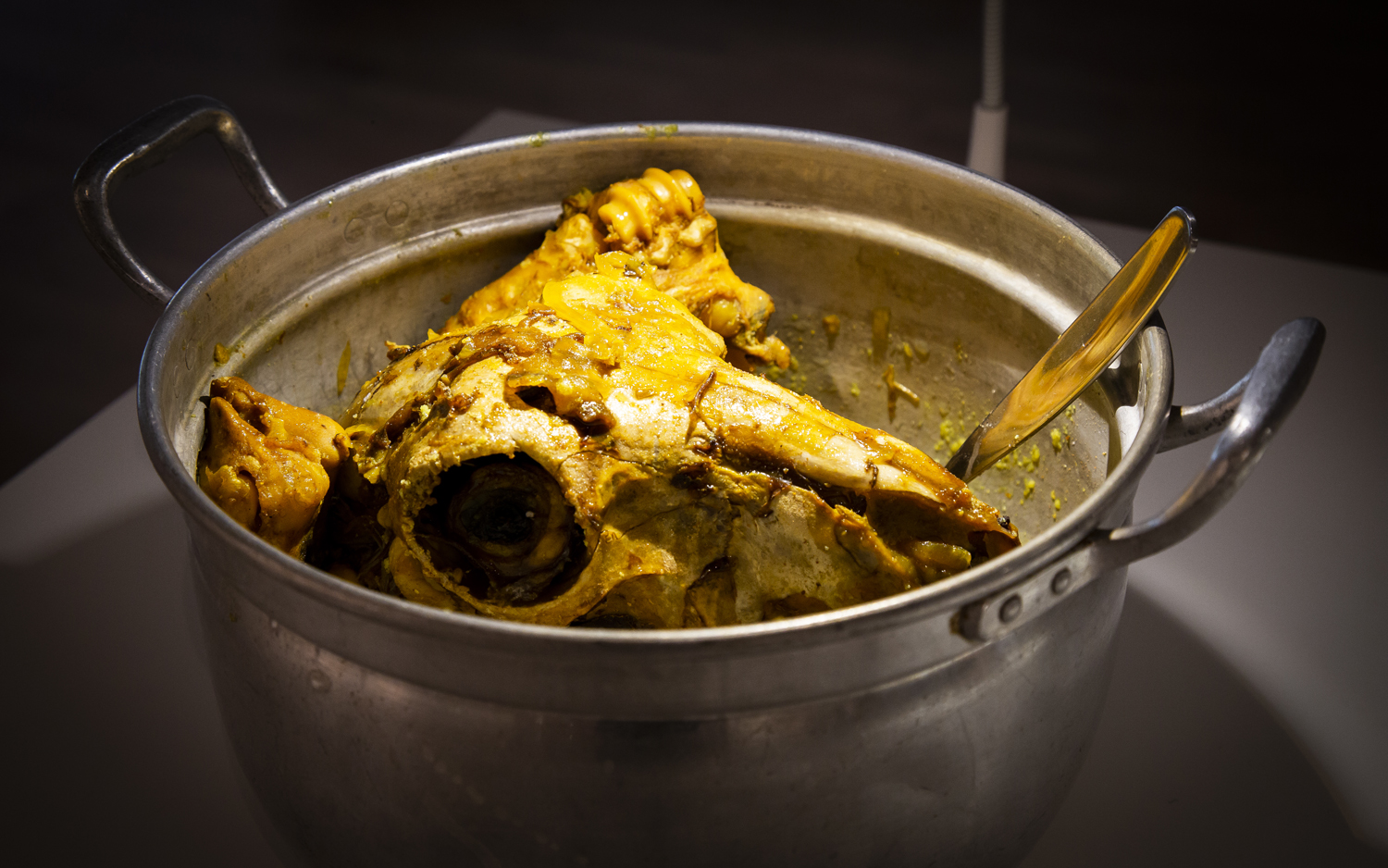
Kale pache, or sheep's head soup, is a traditional slow-cooked dish in Iran, and is made with the sheep's hooves as well as its head.
Kiviak
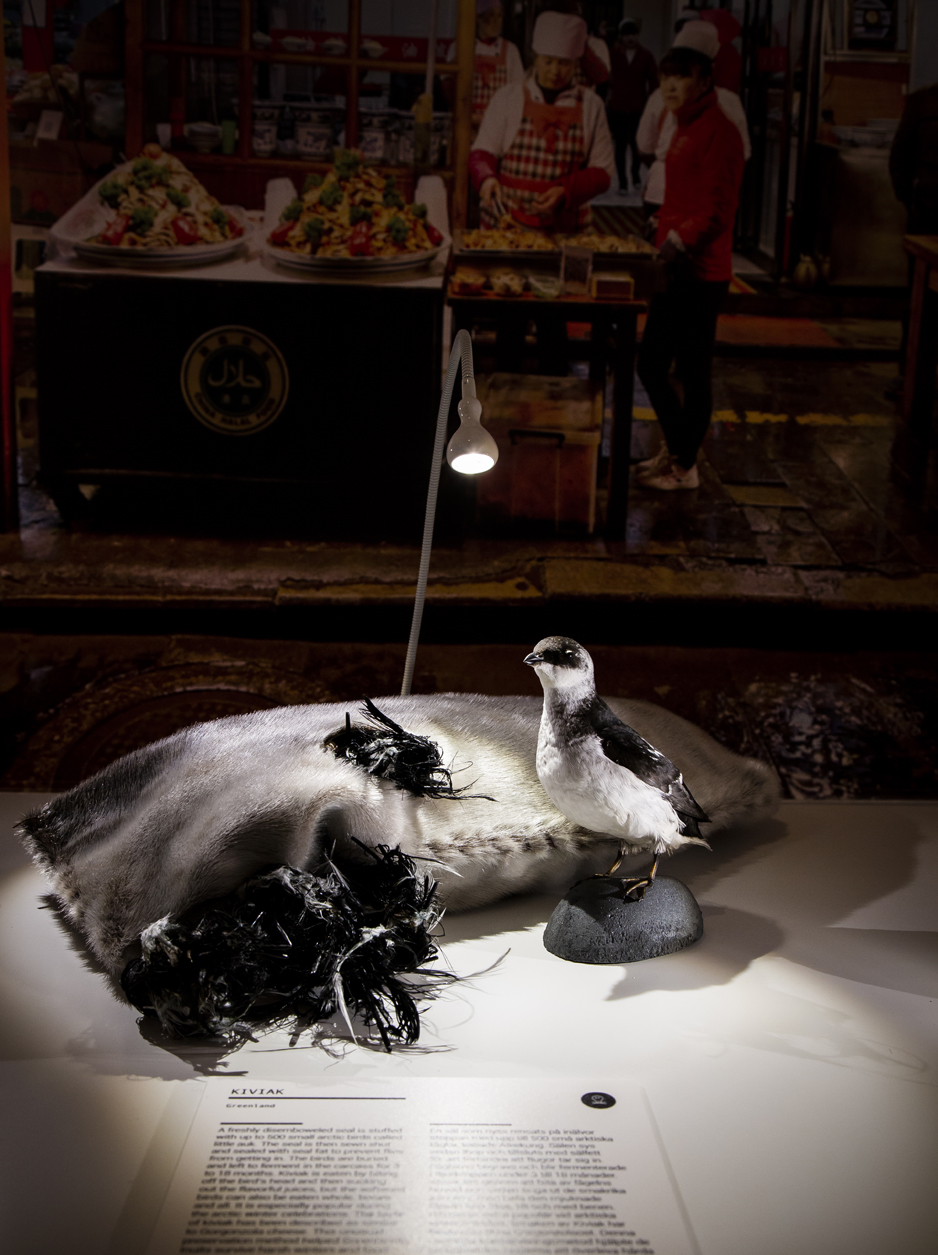
To make kiviak, a traditional Inuit food from Greenland, up to 500 small birds called auks are stitched up inside a sealskin and stored under a rock for three months. Once the birds are done fermenting, they are eaten for special occasions.
Kumis
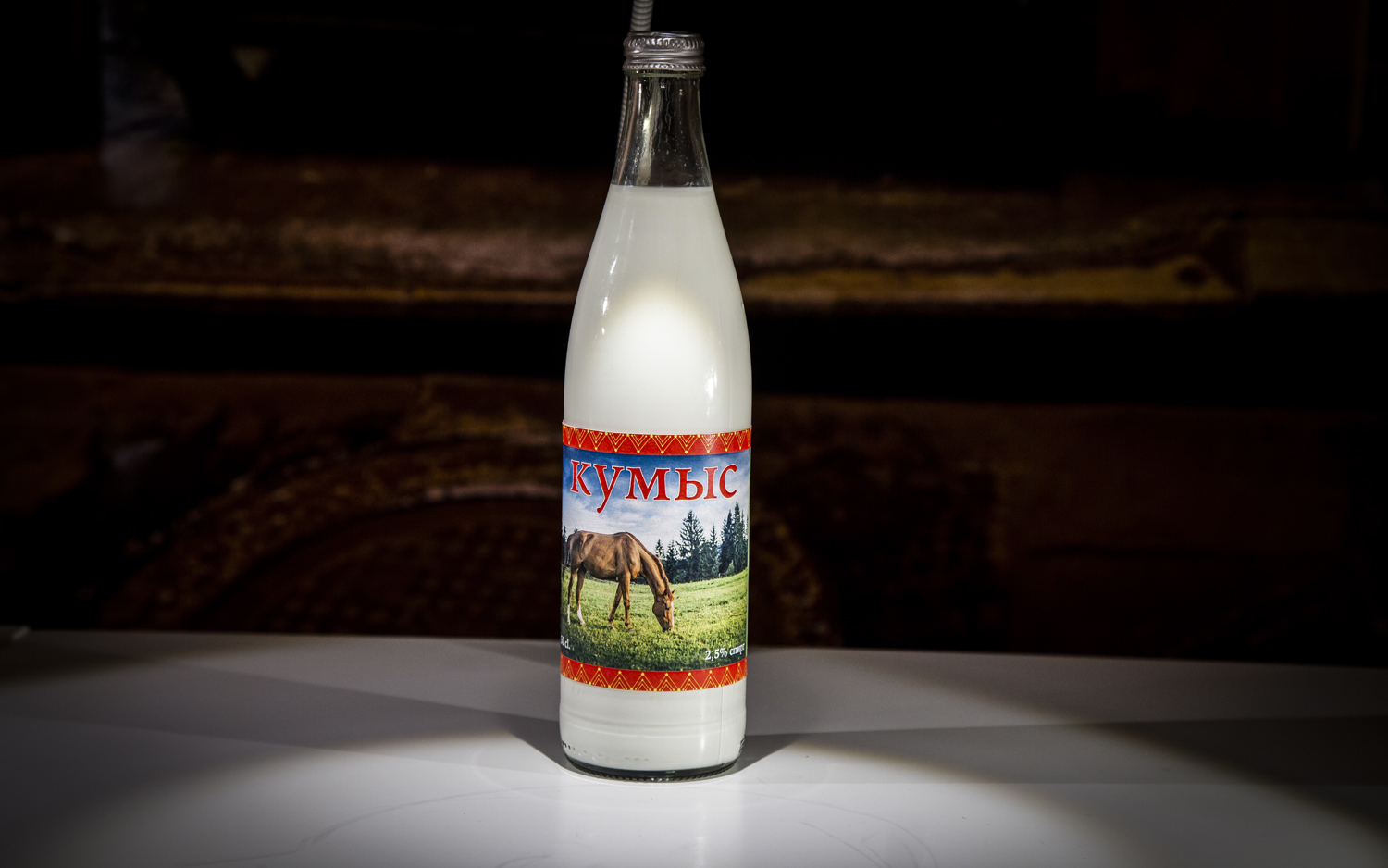
Kumis, a fermented drink made from mare's milk, is popular among people of the central Asian steppes. Higher sugar content in mare's milk makes kumis more alcoholic than kefir, another fermented drink made from cow, goat or sheep milk.

Mindy Weisberger is a science journalist and author of "Rise of the Zombie Bugs: The Surprising Science of Parasitic Mind-Control" (Hopkins Press). She formerly edited for Scholastic and was a channel editor and senior writer for Live Science. She has reported on general science, covering climate change, paleontology, biology and space. Mindy studied film at Columbia University; prior to LS, she produced, wrote and directed media for the American Museum of Natural History in NYC. Her videos about dinosaurs, astrophysics, biodiversity and evolution appear in museums and science centers worldwide, earning awards such as the CINE Golden Eagle and the Communicator Award of Excellence. Her writing has also appeared in Scientific American, The Washington Post, How It Works Magazine and CNN.


